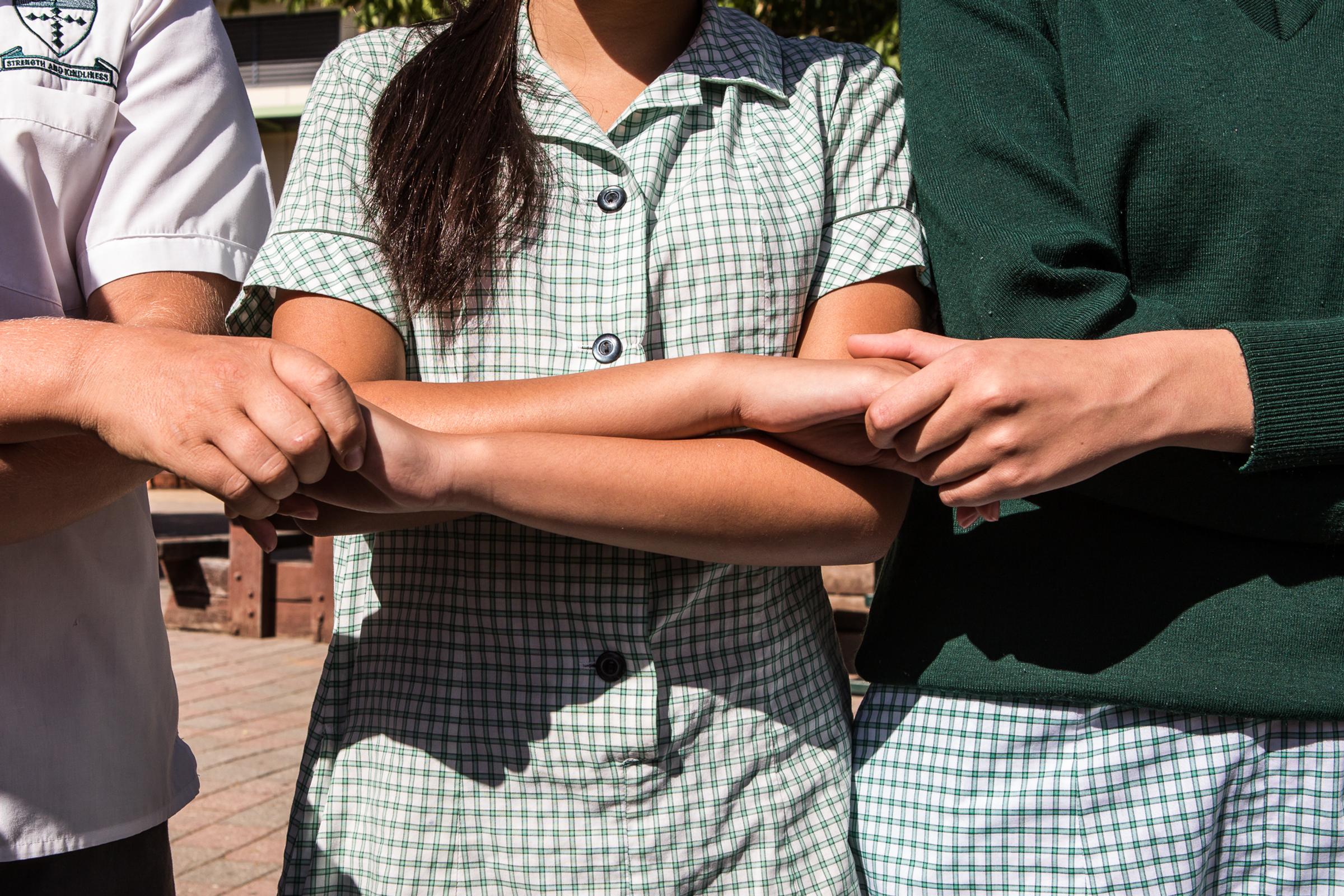Pastoral Care and Wellbeing

As a result of the devastating events that recently unfolded at Westfield in Bondi Junction, and the Church in Wakeley, many families are still in a state of disbelief trying to comprehend how and why these incidents occurred.
Although such incidents are rare, they can still be scarring. It's in these situations that it is vitally important for parents and carers to check in with their children. Being aware of what information they've been exposed to will hopefully minimise their emotional fallout in coming weeks.
SPECIAL REPORT: Trauma Recovery
Trauma in children significantly disturbs their sense of safety and normalcy, leading to substantial emotional and behavioural changes. Such disturbances often result from exposure to traumatic events, which may be exacerbated by continuous media coverage. This exposure can trigger stress, anxiety, and trauma, with varying recovery timelines due to the unpredictable nature of trauma's impact. Observing young people grappling with these effects can be highly distressing for parents and caregivers.
It's important to establish a nurturing environment to help restore a child's sense of security to help promote resilience. Active involvement in their recovery is essential, as is recognising the unique, personalised needs of each child in responding to trauma. Depending on their age, children may present with different symptoms, such as regressive behaviours in younger ones or withdrawal and agitation in older children and teens. It is important to monitor and manage the type of information children may access to reduce their emotional distress.
The brain stores traumatic events as powerful emotional memories, influencing behaviour through mechanisms beyond a child's conscious awareness. By providing young people with support and equipping them with coping mechanisms to handle uncertainty, parents and carers can greatly enhance a child's capacity to recover and build long-term emotional resilience.
This Special Report will help you identify a child experiencing trauma and how you can support them to overcome it.
https://sje.vic.schooltv.me/wellbeing_news/special-report-trauma-recovery
Winter Safety
As daylight savings has now ended walking later in the day can be peaceful and necessary. Moving between work and home, friends and home, or sporting commitments and home, are necessary but safety should always be a top priority. Whether strolling through a well-lit neighbourhood or a dimly lit area, a few precautions can make all the difference. At this time of year we encourage you to talk with your child/children about the following factors:
Selecting the right route is crucial.
Opt for well-traveled paths or parks with ample lighting. If you're exploring new areas, research the safety reputation of the neighbourhood beforehand. Stick to sidewalks and avoid walking on roads, especially during the transition from daylight to dusk when visibility can be challenging.
Remaining aware of your surroundings is crucial.
Limit distractions like headphones or excessive phone use, which can compromise your awareness. Instead, keep your head up, scanning ahead and behind periodically. If you sense unease, trust your instincts and move to a safer area.
Carry essentials for emergencies.
This can include a charged phone, wearing bright coloured clothing and some cash. Always let someone know your plans, especially if walking alone. Share your intended route and estimated return time for added safety.
When encountering strangers, maintain a safe distance and be cautious with personal information.
If you feel threatened, don't hesitate to seek help by calling home/friends or the police. Once at home please make sure that if you have felt threatened or unsafe your family is made aware and if needed, police contacted.
Walking is a weight-bearing exercise and has a number of benefits such as increased cardiovascular and pulmonary fitness, improved sleep, stress relief, improved mood, increase muscle strength and reduced tiredness. Finding one or more friends or family members to walk with is a great way to share stories and build stronger positive connections while remaining safe and active.
Suzanne Pola
College Leader - Student Wellbeing
